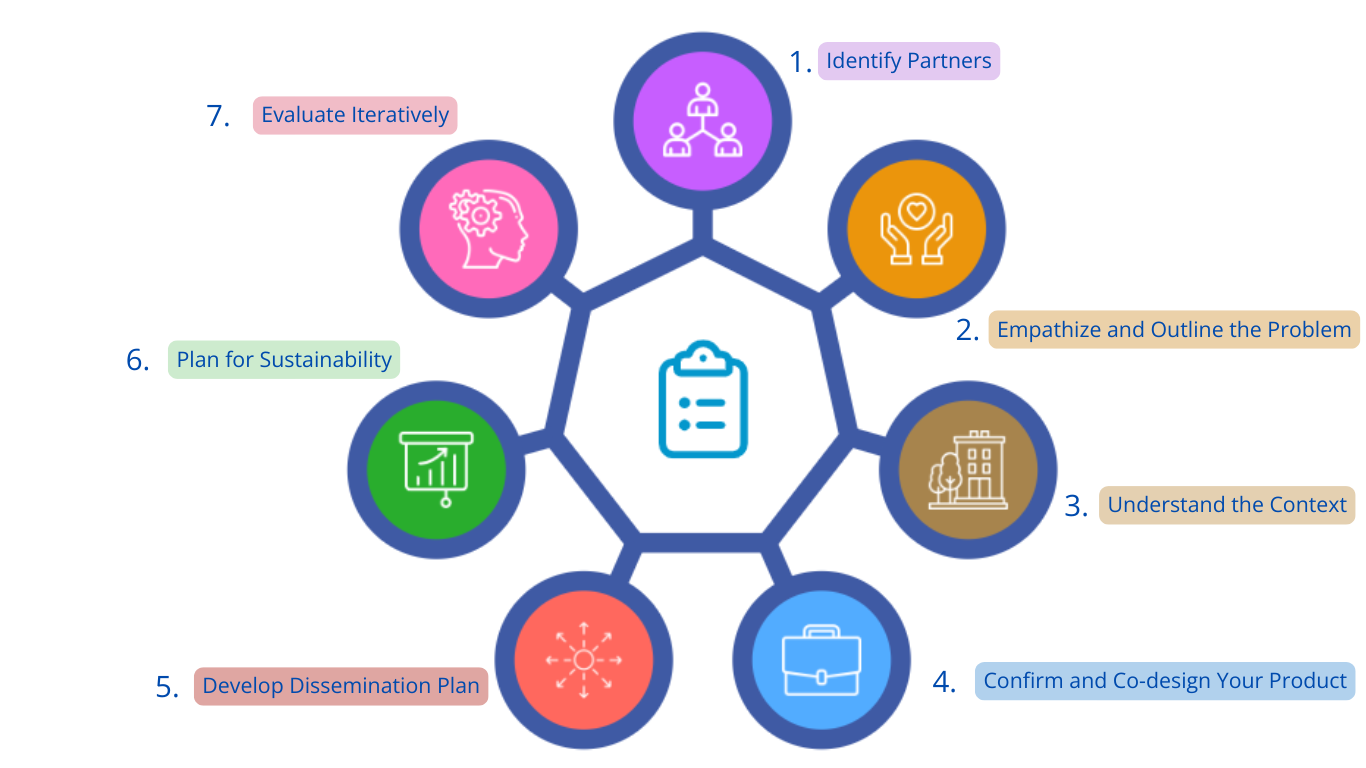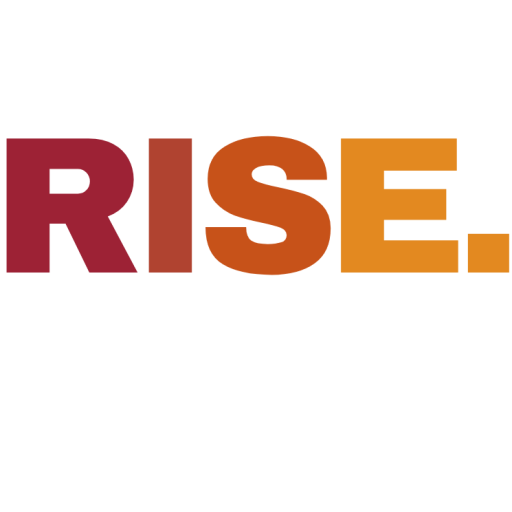D4DS refers to a way of ensuring that “the product” (interventions, policy, evidence) of our work solves a problem and fits the context in which it is intended to be adopted. It focuses on engaging partners in design to ultimately increase adoption, sustainability, and impact on health and health equity.
Designing for Dissemination and Sustainability (D4DS) refers to a way of ensuring that “the product” (interventions, policy, evidence) of our work solves a problem and fits the context in which it is intended to be adopted. It focuses on engaging partners in design to ultimately increase adoption, sustainability, and impact on health and health equity.
View the D4DS Interactive Web Tool
Methods
Results
Implications
Processes for Designing for Dissemination
The goal of our study is to design for dissemination collaboratively with our Community Advisory Board (CAB)
We followed the D4Ds process which outlines 7 key steps or actions in the process; these should be undertaken with community partners and collaborators:
We followed the D4Ds process which outlines 7 key steps or actions in the process; these should be undertaken with community partners and collaborators:
- Identify Partners
- Empathize and Outline the Problem
- Understand the Context
- Confirm and Co-Design your Product
- Develop Dissemination Plan
- Plan for Sustainability
- Evaluate Iteratively
The goal of our study is to design for dissemination collaboratively with our Community Advisory Board (CAB)
We followed the D4Ds process which outlines 7 key steps or actions in the process; these should be undertaken with community partners and collaborators:
- Identify Partners
- Empathize and Outline the Problem
- Understand the Context
- Confirm and Co-Design your Product
- Develop Dissemination Plan
- Plan for Sustainability
- Evaluate Iteratively

Publications and Outputs
Examples of co-designed dissemmination products
Designing for Dissemination among Public Health and Clinical Practitioners in the USA
Designing for Dissemination through community advisory board engagement in an implementation mapping process: A case study
